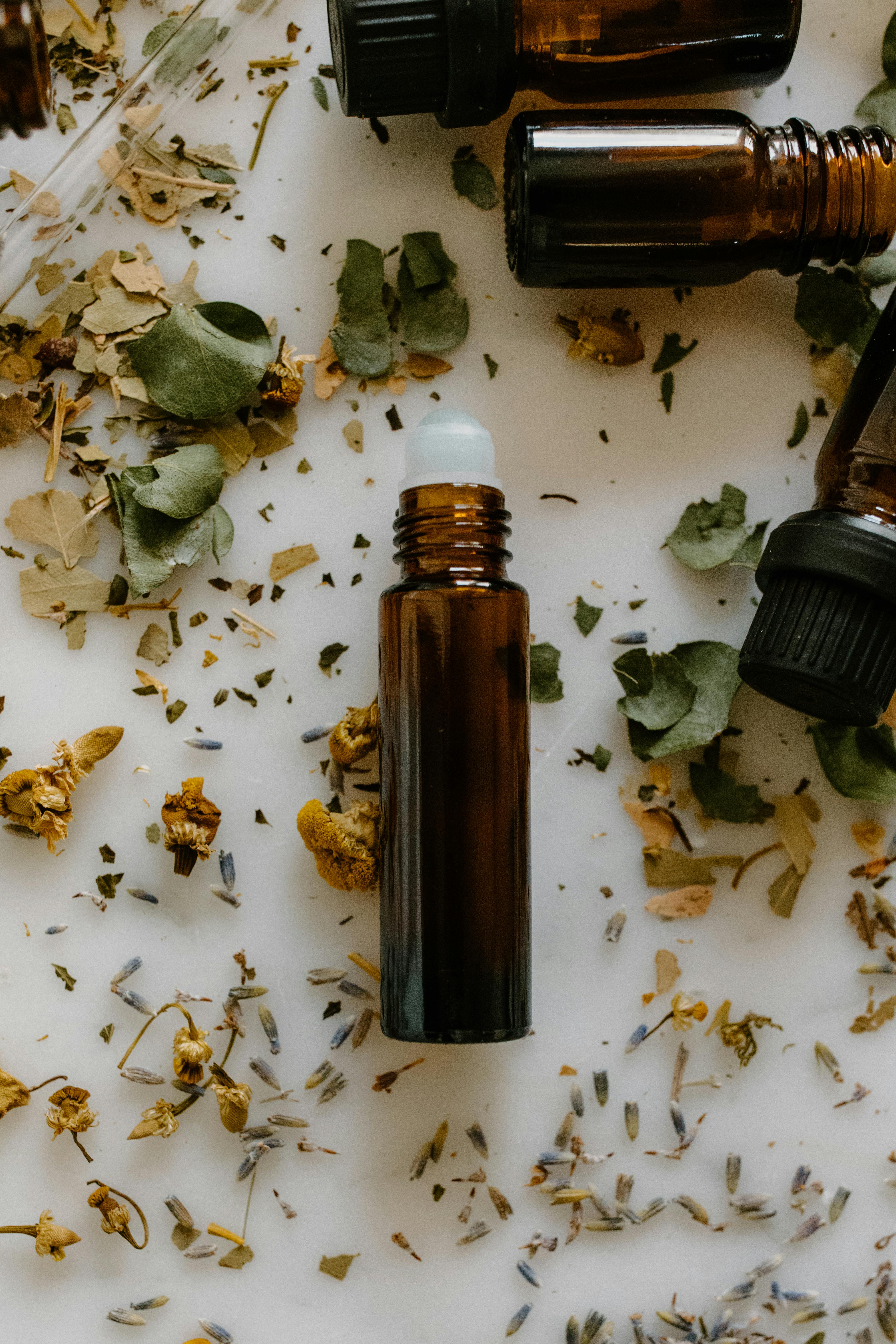How to Properly Clean Your Toothbrush: Simple Steps for Hygiene
Keeping your toothbrush clean is essential for maintaining good oral hygiene and preventing the spread of bacteria. With the average person using their toothbrush at least twice a day, it’s crucial to implement effective toothbrush cleaning techniques. Understanding how to properly clean your toothbrush can help avoid common problems like toothpaste residue and bacteria buildup.
In this article, you will discover various methods for cleaning a toothbrush, including natural solutions and commonly used cleaning products. We will also cover the importance of toothbrush hygiene practices and how often you should clean your toothbrush. For parents, we will include special tips for cleaning children's toothbrushes. By the end, you will be equipped with essential toothbrush maintenance tips that contribute to a healthier smile.
Key Takeaways: Learn about effective toothbrush cleaning methods, proper toothbrush storage, and tips for keeping your toothbrush disinfected.
Effective Toothbrush Cleaning Methods for Optimal Hygiene
Understanding the methods for cleaning your toothbrush is crucial in effectively managing oral hygiene. The bristles of your toothbrush can harbor bacteria and other germs, making it essential to sanitize them regularly. Here are some popular toothbrush cleaning methods:
Disinfecting Your Toothbrush with Common Household Products
One highly recommended method is to disinfect your toothbrush using household products you already have. For instance, vinegar is a natural disinfectant that can clean your toothbrush effectively. Simply soak the bristles in white vinegar for 20-30 minutes, then rinse thoroughly under warm water. Another option is a baking soda paste, which can help remove bacteria and residual toothpaste.
Utilizing Alcohol or Mouthwash for Sanitization
Using alcohol or mouthwash is another effective way to disinfect your toothbrush. Soak the toothbrush in a mixture of equal parts water and mouthwash for about 10 minutes, then thoroughly rinse. This method is particularly helpful as many mouthwashes contain antibacterial compounds, ensuring a germ-free brush.
Employing UV Toothbrush Sanitizers
For those who prefer a high-tech solution, UV toothbrush sanitizers are available on the market. These devices use ultraviolet light to kill germs on your toothbrush. While they may come at a higher price point, they offer a simple, effective way to ensure your toothbrush remains free of harmful bacteria.
Maintaining Toothbrush Hygiene through Proper Storage
Proper storage is just as important as how to clean toothbrushes. Storing your toothbrush incorrectly can lead to cross-contamination and bacteria growth. Here are some hygiene practices to follow:
Choosing the Right Toothbrush Holder
Select a toothbrush holder that allows your toothbrush to stand upright and air dry. Avoid closed containers where moisture can accumulate, creating a breeding ground for germs. Instead, opt for holders that promote airflow and drying to maintain toothbrush hygiene.
Avoiding Cross-Contamination
To keep your toothbrush clean, do not store it proche to other toothbrushes or items that may harbor bacteria. It's essential to keep each toothbrush separated to prevent cross-contamination. Additionally, make sure the brush head does not touch surfaces that may be dirty.
Regular Toothbrush Replacement and Maintenance
Replacing your toothbrush or toothbrush head every three to four months is vital to maintaining bristle effectiveness and overall hygiene. Regular dentals suggest replacing your toothbrush sooner if you've been sick to prevent re-infection. Stay vigilant on your toothbrush’s health by inspecting the bristles regularly for wear and tear.
Toothbrush Cleaning Routine: A Step-by-Step Guide
Establishing a toothbrush cleaning routine can simplify maintaining proper hygiene practices. Below are the steps you should take to ensure your toothbrush stays clean:
Rinsing Your Toothbrush After Use
After brushing your teeth, rinse your toothbrush under warm water to remove toothpaste residue and debris. Follow this step immediately after brushing, as it prevents buildup and makes deeper cleaning more effective.
Deep Cleaning Your Toothbrush Weekly
Besides the daily rinsing, you should deep clean your toothbrush at least once a week. Employ any of the previously mentioned cleaning solutions, such as vinegar or alcohol, to ensure that deep cleaning becomes part of your regular toothbrush maintenance routine.
Storing Your Toothbrush Properly
Following cleaning, make sure to store your toothbrush in an upright position in a clean, dry area. Avoid storing it in damp or closed containers. A well-ventilated space is key to preventing bacteria growth.
Common Myths about Toothbrush Cleaning Debunked
There are many myths surrounding toothbrush sanitation practices that can lead to improper use. Let's unravel some of the most common myths:
Toothbrushes Don’t Need Cleaning
Many people believe that simply rinsing their toothbrush is sufficient to keep it clean. This is a misconception, as toothbrushes can collect bacteria and other harmful pathogens over time if not properly cleaned. Regular cleaning and sanitizing are essential for maintaining a healthy mouth.
Using Only Water is Enough
While rinsing with water is crucial, it’s not enough on its own. Toothpaste residue may remain after a simple rinse, and microorganisms could still thrive on the bristles. Incorporating deeper cleaning methods is necessary to ensure thorough hygiene practices.
Boiling Water is Always Effective
Though boiling water can kill germs, it's not advisable for all types of toothbrushes. High heat can damage the bristles and alter the shape of the toothbrush. Stick to gentler cleaning methods to maintain integrity.
Q&A: Addressing Your Toothbrush Care Concerns
How often should I clean my toothbrush?
It’s recommended to clean your toothbrush daily with a good rinse and to deep clean it weekly using disinfecting solutions.
Can I clean my toothbrush in a dishwasher?
While some people choose to clean their toothbrushes in a dishwasher, it is not ideal due to potential damage to the bristles. It's best to stick to safer cleaning methods discussed above.
What is the best way to store my toothbrush?
Store your toothbrush upright in a well-ventilated area away from other brushes. Avoid closed containers to prevent moisture accumulation.
How can I disinfect my toothbrush after being sick?
After being sick, consider soaking your toothbrush in a mouthwash or vinegar solution to thoroughly disinfect and eliminate bacteria.
What should I do if my toothbrush bristles are frayed?
If your toothbrush bristles are worn or frayed, it’s time to replace it. Frayed bristles are less effective at cleaning your teeth.


